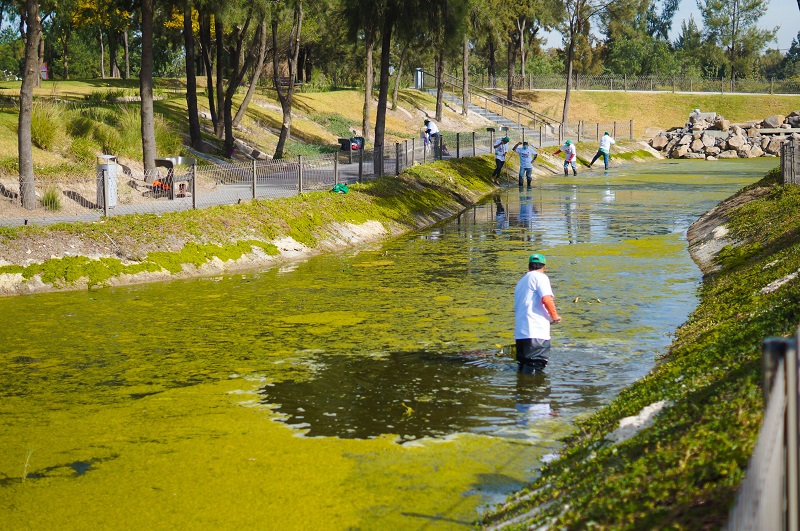GUADALAJARA, MEXICO
Metropolitan Agency for Urban Forests of the Metropolitan Area of Guadalajara (AMBU)

The Metropolitan Area of
Guadalajara is consisted of nine municipalities and home to 4.5 million residents.
Urban forests and parks within the metropolitan area have been managed by the
municipality in which they are located. However, with a human-centric and
short-term approach, a scarce budget, and lack of technical equipment, many of
the green areas have deteriorated or simply have been left to their own
devices. This has also meant diminished capacity of supporting ecological
balance and a toll on the quality of life.
Realising the importance
of the care and restoration of these “lungs”, the local governments created the
Metropolitan Agency for Urban Forests of the Metropolitan Area of Guadalajara
(AMBU). This decentralised inter-municipal public body is consolidation and
evolution of the Urban Forests Network, a pilot project of the municipality of
Guadalajara. As a metropolitan organisation, it brings together the parks and
large green spaces of the nine municipalities and is equipped with greater
competences and ambitions. Its mission is to conserve, mange, and improve the
green areas of metropolitan Guadalajara. It defines criteria for ecological
restoration, integrates green technologies, and provides environmental
education to society.
Established in April
2019, AMBU now manages 12 parks. It is currently working to unify criteria for
planning and management of green infrastructure, to generate reliable data for
the design of public policy in urban forests. It looks to improve the infrastructure
in these spaces, especially in those with the greatest potential for social and
environmental impact, to pave way for the implementation of large-scale
sustainability projects.
One of the challenges is
the slow handover of parks by the municipalities to AMBU. For those parks that
have been ceded to the agency, though, the process was not accompanied by a
budget. Financially, AMBU receives a fixed annual fund from the state
government on the one hand. On the other, it relies on earnings by networking
with companies and lending spaces for events (e.g., concerts, races, summer
courses) as well as donations.
This initiative is particularly relevant to SDGs 11 (sustainable cities and communities), 13 (climate action), and 15 (life on land).


 In Focus | World Cities Day: People-Centred Smart Cities
In Focus | World Cities Day: People-Centred Smart Cities City Stories | Fostering community resilience: A lifeline for the Central African Republic
City Stories | Fostering community resilience: A lifeline for the Central African Republic In Focus | Innovative Education, Empowering Futures
In Focus | Innovative Education, Empowering Futures




















 Tel: +86 020 3780 4434
Tel: +86 020 3780 4434 Email: info@guangzhouaward.org
Email: info@guangzhouaward.org Address: Unit 01-7, 28th Floor, No. 7, Chunrong 3rd Road, Tianhe District, Guangzhou, Guangdong, 510000, PRC
Address: Unit 01-7, 28th Floor, No. 7, Chunrong 3rd Road, Tianhe District, Guangzhou, Guangdong, 510000, PRC




